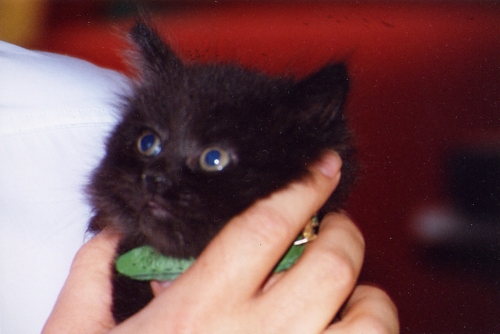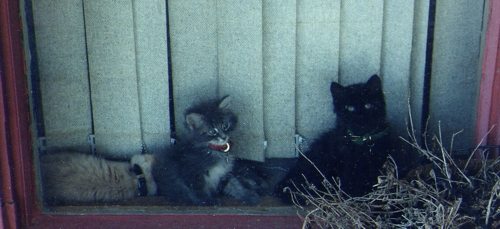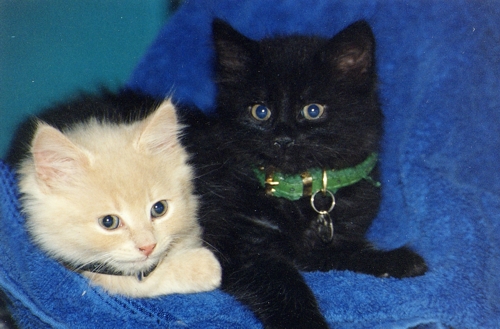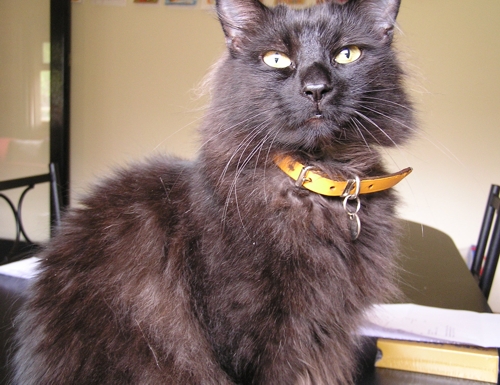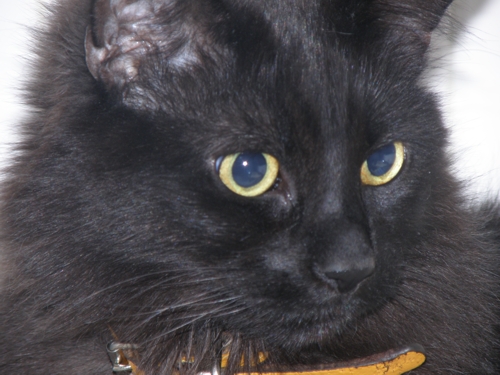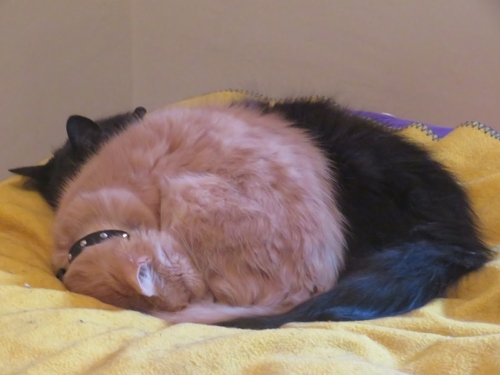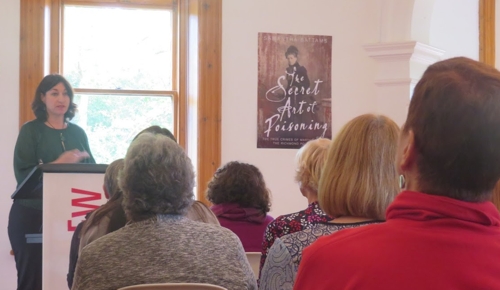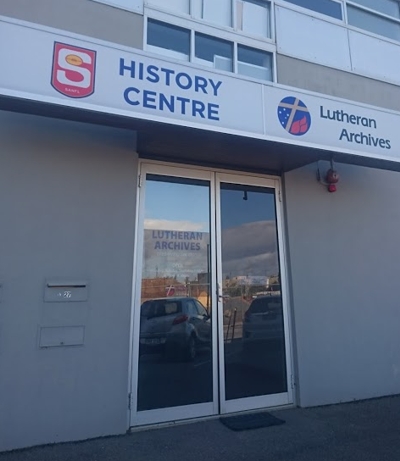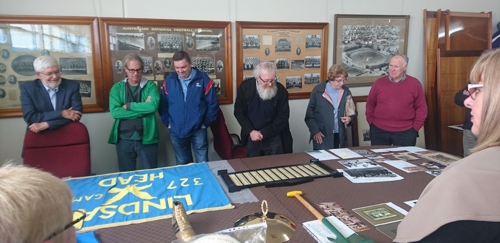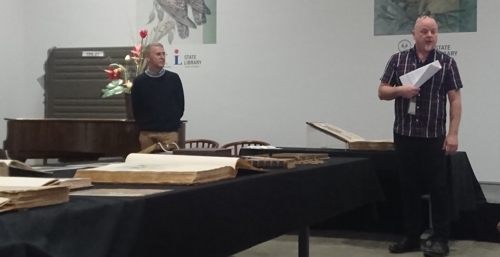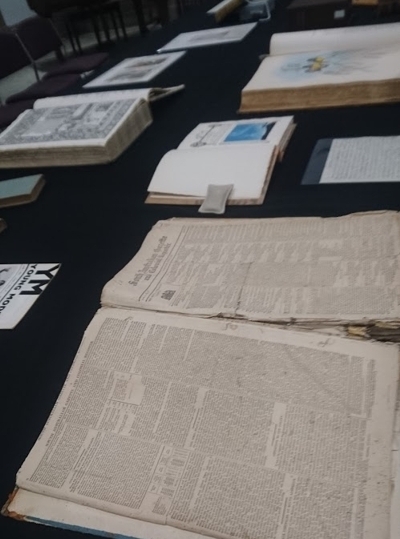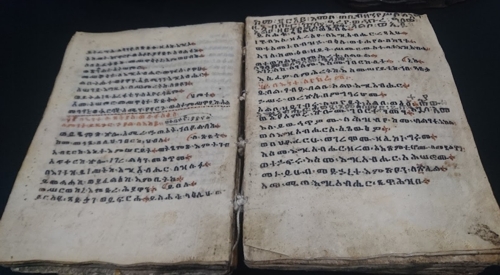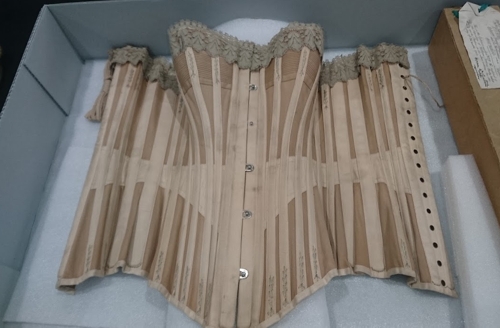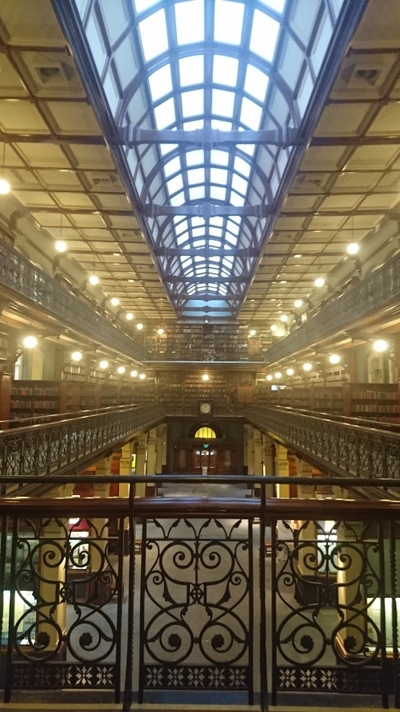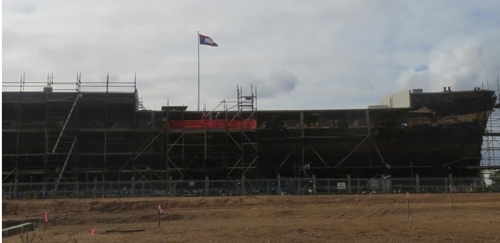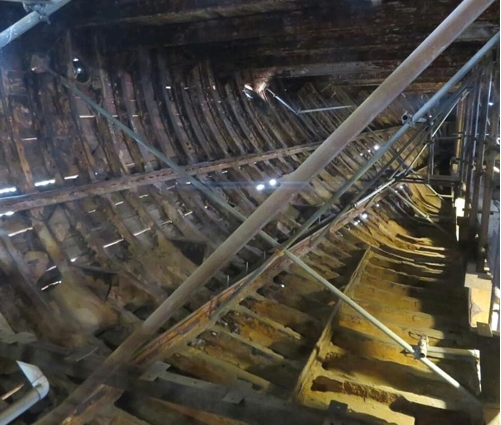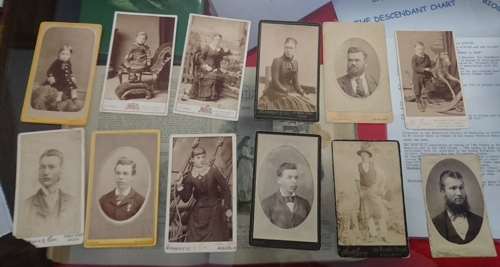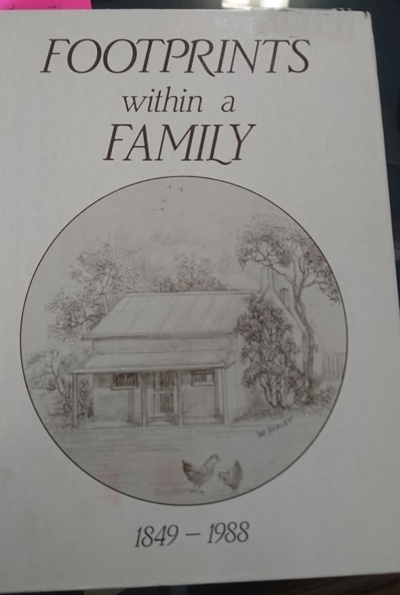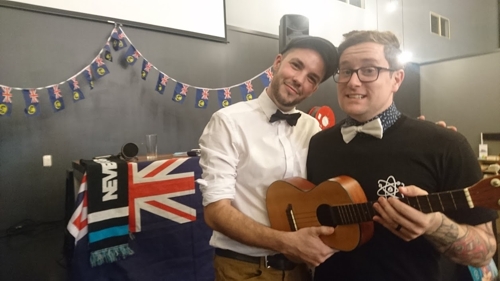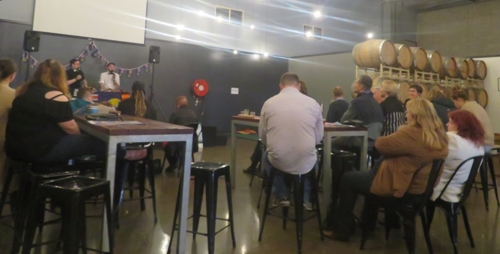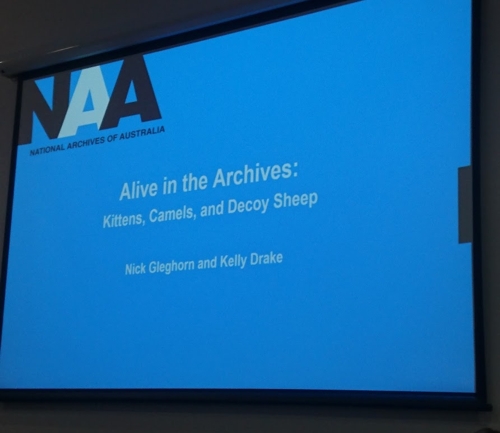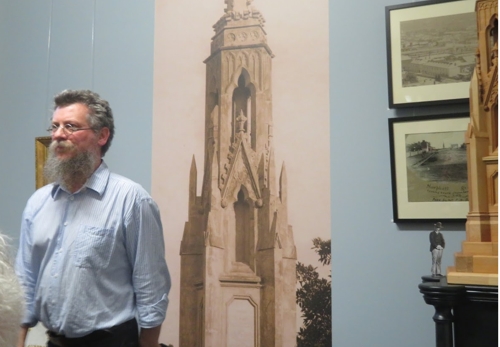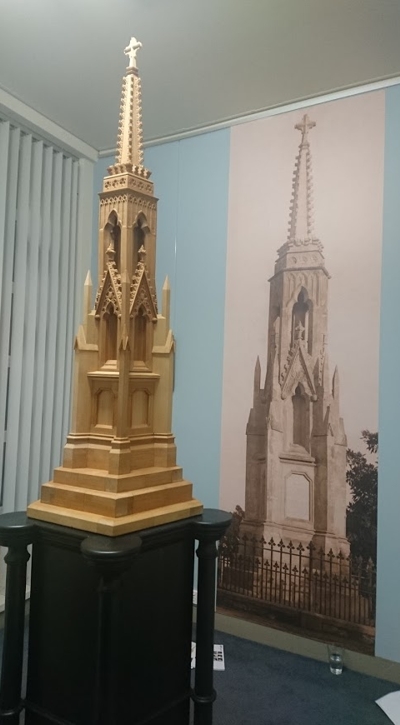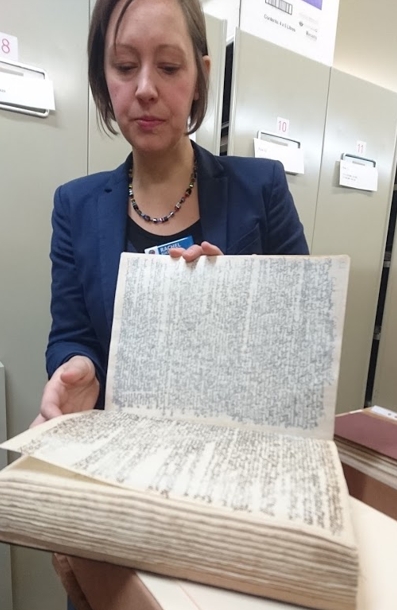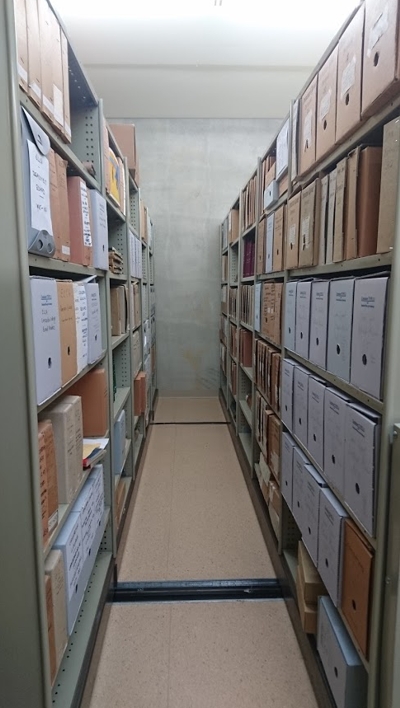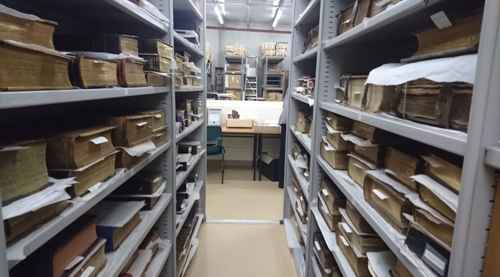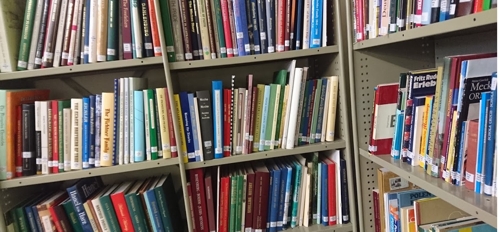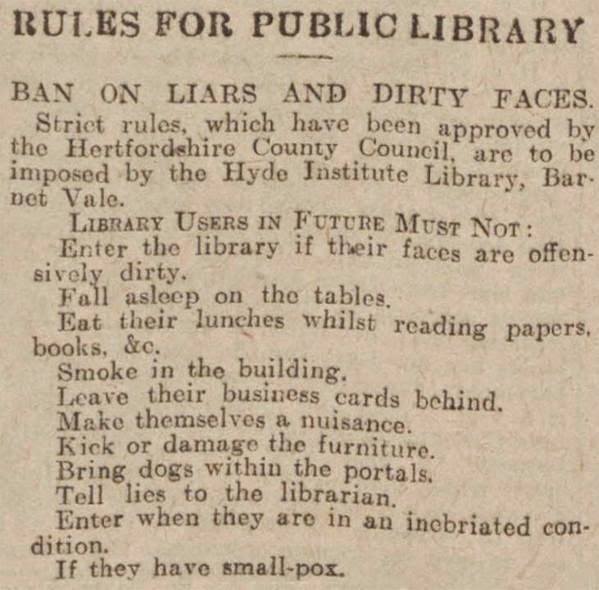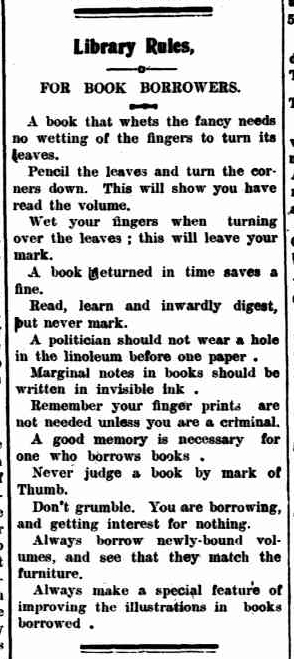Win Your Way to DNA Down Under
By now you’ve probably already heard that the legend of genetic genealogy, Blaine Bettinger (yes THE one and only, the one who is the author of the insanely popular “The Family Tree Guide to DNA Testing and Genetic Genealogy’), is coming down under to Australia in August 2019, to teach us all about DNA and genealogy, and everything relating to it.
In fact he is one of a team of genetic genealogists that will be touring Australia to give everyone from the “I’ve not even tested yet, why should I?” through to the advanced users who already understand what ‘haplotype’ and ‘phasing’ mean.
The presenters will not only be explaining just how useful DNA is for genealogy, but also how to understand and make the most of the results. There’s also talks on ethics, using DNA to solve 18th/19th Century secrets, and using third party DNA tools, and how to get the most from your results from the various DNA testing companies.
If that sounds like your cup of tea (or coffee), then keep on reading ….
The tour covers day-long seminars in 5 Australian cities (Brisbane, Perth, Adelaide, Melbourne and Canberra), and ends with a 3-day DNA-fest in Sydney. As the Sydney topics are largely different to the other states, quite a number are doing “DNA to the Max” which is 1 day in your own state + 3 days in Sydney, which really is the UL-TI-MATE!!! This is actually what I’m doing (Adelaide + Sydney), and while I reckon my head will be swimming after day 2 (let alone day 4), I know I’ll learn a lot.
The whole tour goes for 2 1/2 weeks, starting in Brisbane on 14th August 2019, and ends in Sydney, so here’s the dates of what’s on when:
Brisbane – Wed 14 Aug
Perth – Sat 17 Aug
Adelaide – Tue 20 Aug
Melbourne – Fri 23 Aug
Canberra – Mon 26 Aug
Sydney – Thu-Sat 29-31 Aug
THE GIVEAWAY
If you haven’t yet booked, but are super keen to go – you’re in luck because as a DNA Down Under Ambassador I’ve been given a 1-day pass to giveaway (value $155). This can be used at any of the states, including Sydney (but just for a single day). The value is $155, and you’re getting to hear not only Blaine who is known as one to the best genetic genealogy speakers in the world, you’re going to hear the best from Australia and New Zealand as well. The speakers do vary from state to state, but Louise Coakley, Kerry Farmer. Mike Murray, Michelle Patient, Helen Smith, Mike Murray, Claire Forster, Shelley Crawford, Fiona Brooker, Gail Edwards, Brad Argent and Jason Reeve who along with Blaine, are going to teach you SO MUCH about DNA, you’ll be a pro by the end of the day!
HOW TO ENTER
To enter you need to answer 4 questions, and email me your answers.
1. If you’ve already tested, have you had any surprises with DNA? If you haven’t tested, do you think you’ll find any?
2. What do you hope that DNA will help you discover?
3. Have you made new family connections through DNA? If so, tell me a little about it.
4. If you win, which city do you intend to go to?
Send your responses to me at: alona@lonetester.com, and be sure to get your entry in by Friday 12th July. The winner will be announced on social media that weekend (and emailed with details on how to get your free ticket).
THE Ts&Cs:
Sorry guys, but there does have to be a just few Ts&Cs.
1. You can only enter if you haven’t already booked
2. The winning ticket is not transferable
3. The ticket covers your entry to a day-long event at the the city of your choice, and includes lunch as well. But sorry, but airfares and accommodation are not covered.
MORE INFO
More information on the event can be found at www.dnadownunder.com
UPDATE: Entries have closed. And the winner has been drawn, and CONGRATULATIONS goes to Helen Dell.
Remembering Boo (2002-2019)
Yesterday is one of those days that all pet owners dread. The visit to the vet for a beloved pet, only they don’t go home.
Sadly that was yesterday for my boy, Boo. He had been a part of the family for 16 1/2 years.
Boo was one of three kittens all from the same litter that Mr Lonetester and I adopted. Part-moggie, part-persian, they were kittens of a ‘friendly stray’ at my parents house, and I’m pleased to say that we gave them all a wonderful home.
Having got Boo and his siblings at just under 4 weeks old, we got to watch them grow from teeny-tiny bouncy kittens into big fluffballs.
Saying goodbye is never an easy decision to make, but we know it was the right one as it wouldn’t have been an easy life for him going forwards. Although not himself for the past week, having lost weight and quite weak, he was still smoochy, and purring until the end … and he is now over the rainbow bridge with his sister Zap, who left us last year.
We are a fur-kid family, and just like kids, each one has their own likes and dislikes and personality. Boo has always been a Mummy’s boy, so I’m missing him like crazy. He’s simply not there – on the bed – where he always is. It really was his favourite place. He’s not there to ‘talk’ on the phone when I’m talking, and he’s not there to be first to the food. He was our chatty boy, and you could have a whole conversation with him, and he liked me to take him for a walk, which was me holding him over my shoulder and walking up and down the hallway.
There’s a 100 little things that I could mention about him … but instead I’ll just share some pictures of him.
My Roundup of South Australia’s History Festival
May came, and what a insane, crazy month it was. But it’s over, and while we’re disappointed that the South Australian History Festival is over for another year, we can all now take a little rest.
Admittedly I didn’t get to as many as I had hoped, but with birthdays, work, interstate visitors and hospital visits added into May as well … I didn’t do to bad, as I managed to get to 10 events.
Anyway I promised you a mini-review of the activities I got up to during history month, so here goes …
———————————-
BOOK LAUNCH
The Secret Art of Poisoning: The True Crimes of Martha Needle the Richmond Poisoner (by Samantha Battams)
My history month began with book launch. Held at the spectacular Carclew House in North Adelaide, Author, Samantha Battams gave the very packed room a great introduction on “The Secret Art of Poisoning” with some background on how this book evolved, and why this story needed to be told.
One woman, four murders (plus another attempted one), and rat poison. It’s a fascinating (and sad) but true story that happened in the late 1890s Australia. And one that I’m looking forward to reading soon. “How did a serial killer from the 19th century almost get away with murder? And what were the circumstances that led to two infamous poisoners in one family?”
For more on this book, check your local bookstore, or visit Samantha’s own website.
———————————-
TOUR
SANFL History Centre Tour (by the SANFL History Centre)
Did you know that the SANFL (South Australian National Football League,) had a history centre? No, nor did I until I saw it in the history month event program. Anyway, I saw they were having a tour of the centre, so I booked, and what an eye-opener it was.
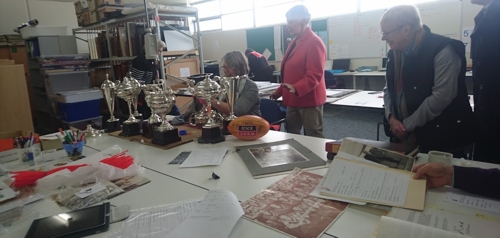
cleaning, sorting, cataloguing, researching, filing etc. – the life of a volunteer at the History Centre
SOOOOO much South Australian football history is being preserved by them, which is a good thing for social historians, sporting historians, and family historians. While the centre isn’t open for everyone to come and do their own research onsite, they can accept queries to check and see what records and/or artifacts they may have already indexed that relate to an individual. Their ultimate goal is to put details of their holdings online, so people anywhere can access it. But that takes time and money, but it’s a great goal, and I certainly hope it happens. In the meantime if you know of anyone who has South Australian football memorabilia, and isn’t sure what to do with it – send it to them as they will certainly give it a good home, and make sure it’s preserved.
You can get in touch with the SANFL History Centre through the SANFL website.
———————————-
DISPLAY/TALK
State Library’s White Gloves Tour (by the State Library of South Australia)
I’ll admit this dispaly/talk wasn’t quite what I expected, but Anthony and Mark, archivists from the State Library of South Australia did a great job of delving into the library’s collection and essentially gave the audience a show and tell of a few of their treasures. Some items thousands of years old, others hundreds, others only a few decades. From old books, to letters, to periodicals, to a clay tablet from the Middle East, even a corset and a Blinky Bill tambourine – each has a story as why and how the State Library ended up with them. It was a great talk, and certainly a eye-opener .
———————————-
NON-HISTORY MONTH EVENT
Visit the Mortlock Library
How anyone can go to the State Library of South Australia, and not pop next door to the Mortlock Library beats me. I always pay this beautiful building a visit when I’m nearby, and it still blows me away by it’s awesomeness, and it’s history. It’s so easy to see why the Mortlock library is on numerous Top Libraries of the World to Visit lists.
———————————-
TOUR
City of Adelaide Clipper Ship (by the Clipper Ship “City of Adelaide”)
This was actually an unplanned bonus event as I’d headed to Port Adelaide for another event, but was early, so killed some time by checking out the City of Adelaide Clipper Ship nearby. What I also didn’t know until then, was that you can actually go in it, and tour around. So that’s exactly what I did.
The ‘City of Adelaide’ is the world’s oldest surviving clipper ship, it is also the only surviving passenger sailing ship. From 1864-1887 it was been used to take emigrants from London to Adelaide. As a result, as many as 500,000 South Australia’s can trace their roots to immigrants having arrived on this ship.
Later the City of Adelaide was used to transport coal and timber, and as a hospital ship. In 1922 it was used by the Royal Navy and Royal Naval Volunteer Reserve, and they renamed it to HMS Carrick. That lasted until 1948 when it was decommissioned. Once the war was finished the ship was scheduled for breaking up, but fortuntately that didn’t happen but was sent to Scotland. From there, talks with parties in both Australia and Scotland somehow managed to the the old girl home to Adelaide. And thanks to the incredible efforts of volunteers, as well as all who give them donations – they are dedicated to restoring and preserving this historic vessel.
If you’re ever at Port Adelaide and get a chance to visit this ship, do it, it’s incredible, and my pics simply don’t do it justice.
———————————-
DISPLAY
Visionaries and Achievers of Port Adelaide Connected to Woodville Since 1836 (by the Historical Society of Woodville)
One of the ‘achievers’ that the Society was highlighting was Richard Holland, and as he’s a brother-in-law to my great great grandma, I thought it would be worth checking out. However I didn’t really get to see the exhibition as I spent the time there actually chatting to one of the committee members about Richard Holland, and as she’s related to him too she brought photos to show me and the Holland family history book as well. So there went a few hours of chatting, and learning about their life.
———————————-
TALK
AdeLOL: A live Comedy Podcast (by AdeLOL)
This was one of two events that the guys (Dan and Tom) from AdeLOL who are the creators of the Heaps Good History Podcast were involved in for History Month. Held at the Little Bang Brewing Company in Stepney, I went along to hear what their “live podcast” was like. With their casual nature mixed in with banter and tidbits of history, it was such an interesting was to learn about history.
The topic for this session focussed on the suburb of Stepney in Adelaide, since that’s where the Brewing Company was. So the boys did their homework by reading up looked up the history, found some very cool stories about characters in the area and told it in their own unique way.
One thing they mentioned which sticks with me was that while Stepney now is known as a inner suburb of Adelaide, and is an upper class area, it wasn’t always that way. In fact it was modelled on Stepney in the London – which was basically a slum area. And supposedly that’s why the suburb has narrow streets and bad drainage.
The AdeLOL guys do regular podcasts on all sorts of South Australian history related topics. So just head on over to their website to check them all out, and have fun learning about South Australia’s history: https://adelol.podbean.com/
———————————-
TALK
Alive in the Archives: Kittens, Camels and Decoy Sheep (by the National Archives of Australia & State Records of South Australia)
The title of this one hooked me in, and it was as interesting as it sounds. Archivists from both the National Archives of Australia (SA) and State Records of South Australia went through their collections, and highlighted some of the images and records relating to animals.
From South Australia’s emblem,the piping shrike magpie, to war dogs, to police horses and camels. I found out that the South Australia Railways Dept used horses as well as “decoy sheep”, and that there is such a thing a “horse cards”, so you can see a horses’ history. Pidgeons were used as a means of communication with remote lighthouse keepers, and while the practice didn’t last, it did save at least one lighthouse keeper’s life, by getting word to the mainland to get a doctor to come and help.
It was yet another great and enlightening talk, and the big crowd learnt a lot.
———————————-
TALK
Kingston’s 1842 Monument to Colonel Light (by Artlab)
I’ll admit that I knew nothing about Kingston’s Monument prior to this talk (see the lerning never ends). But Justin from Artlab Australia gave a great talk on the part that both Colonel William Light and Sir George Strickland Kingston played in founding Adelaide. Light died in 1839, just 2 years after South Australia began colonisation. And as a tribute the public decided there should be a memorial made to him. Strickland volunteered his services and in 1842 the 45 foot (13.7m) high gothic monument towered over Adelaide. However due to poor quality stone, it crumbled and was eventually demolished some 60 years later.
This long-forgotten monument has now been resurrected digitally from photographs, and recreated in wood at a 1/10 scale model.
It is proposed “that the monument be re-built for the 2036 South Australia Bicentennary, and that it should be rededicated to the traditional custodians of the land, the Kaurna people, and the vision of the Old Colonists of the South Australian Association and the early pioneering settlers”. Personally I think this is a fabulous idea, and I hope it happens. It is a spectacular monument, and the original owners, and early settlers should be remembered.
———————————-
TOUR
Preserving Our Story: Lutheran Archives Behind the Scenes Tour (by the Lutheran Archives)
This was another tour I was eager to do. Having some German heritage in Australia, I know that this place that some records relating to my reli’s, but I haven’t had (or sadly made) the time to go visit them to do the research yet. So instead I did the tour to get an idea of what they hold.
Anyone who is a researcher would love seeing rooms full of compactus’ filled with records, books and artifacts, and that’s what the Lutheran Archives is like. They are the national archive for all things Lutheran related, and hold I don’t know how many metres of records, but it is significant, as the building is two storey.
From original church record books, to old German family bibles, to furniture that has significance to a German person or family, to shelves full of German related family histories, and tens of thousands of photographs … they have it all.
For more on the Lutheran Archives, or if you have a query for them, please visit their website.
———————————-
So that was my South Australian History Festival month. And fitting it in with life and everything else going on, it really was busy, busy for me!!
Anyway a huge thankyou to the History Trust of SA team who are behind South Australia’s History Festival, and of course the organisations who put the events on. It’s been an awesome month, and I have learnt a lot. And look forward to more …
But now we wait until August for National Family History Month, and we get to take part in events that are on then. I’m actually hoping some events that were on in May are going to be repeated, because with over 700 events on, and limited time, you simply can’t get to everything you’d like to. Anyway after August, the countdown will then be on for South Australia’s History Festival 2020!
No Liars, No Dirty Faces, and Other Library Rules
Library rules were simple back in the day. If you take look at current library rules, they’re kind of what you’d expect. Very long and very detailed. Not that there’s anything wrong with that, they’re just covering their bases.
But back the 1900s (actual date unknown), the Hyde Institute Library in Hertfordshire, England, created a list of just 12 simple rule … and very wise ones at that!
What we do know, is that the first newspaper account of this list that I found was is in The Observer, London, England, Sunday 27 April 1930, p18.
But it was so good, that it was picked up by the Australian newspapers, and reproduced in the Northern Territory Times, 12 August 1930, p6, as well as Brisbane’s Sunday Mail, 11 January 1931, p15 as well as Melbourne’s Advocate, Tuesday 23 March 1939, p16 to mention a few.
Incidentally while looking on Trove for “Library Rules”, I found a great article that was printed in the Geraldton Guardian, Tuesday, 4 November 1914, p4, which I’ve added in below.
I especially like the “Don’t grumble. You are borrowing, and getting interest for nothing”. So true. Libraries are free, and they provide an incredible service to the community. Respect the staff and library volunteers, not to mention the books and other items the library has and allows the public to use.

